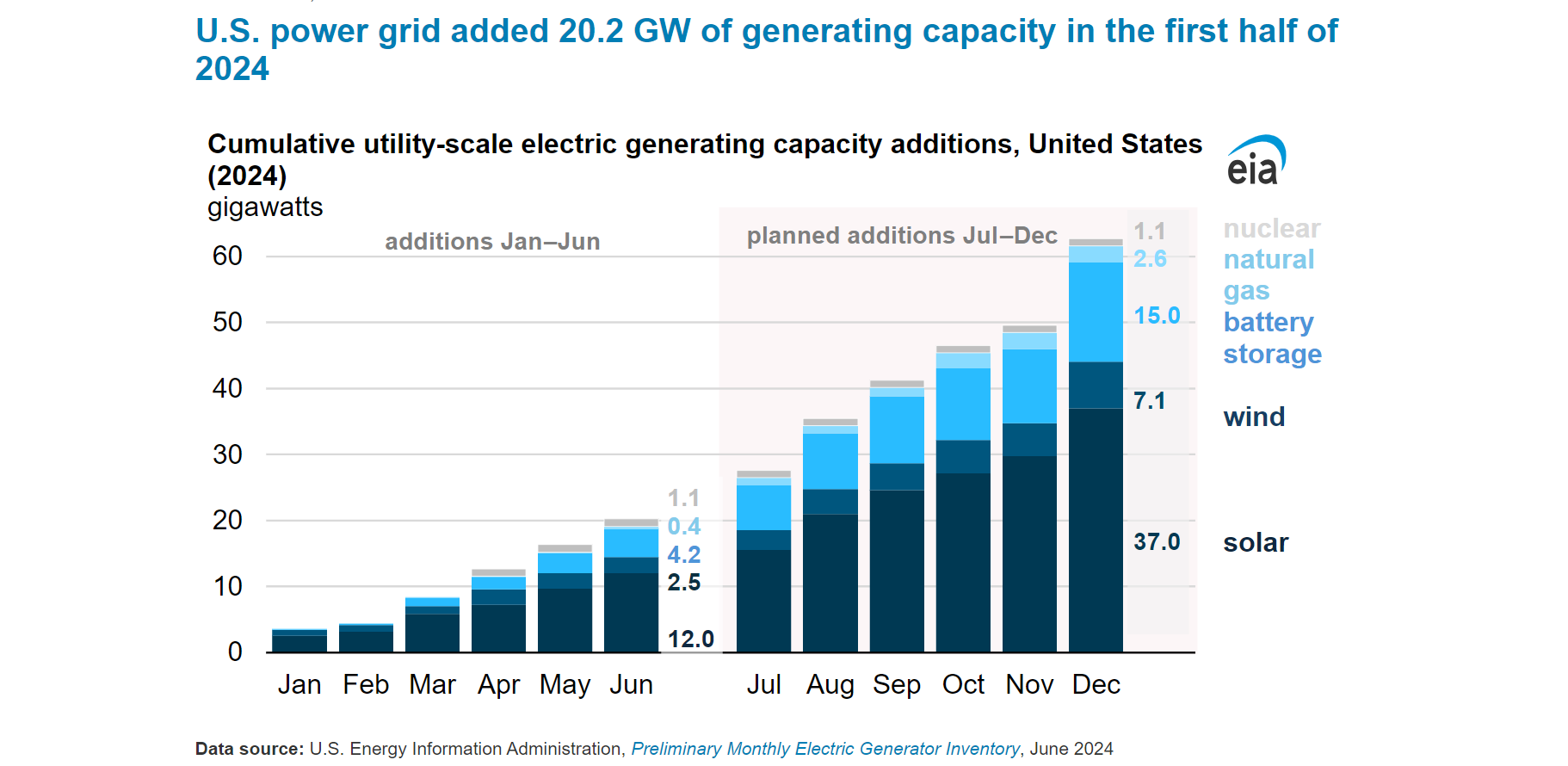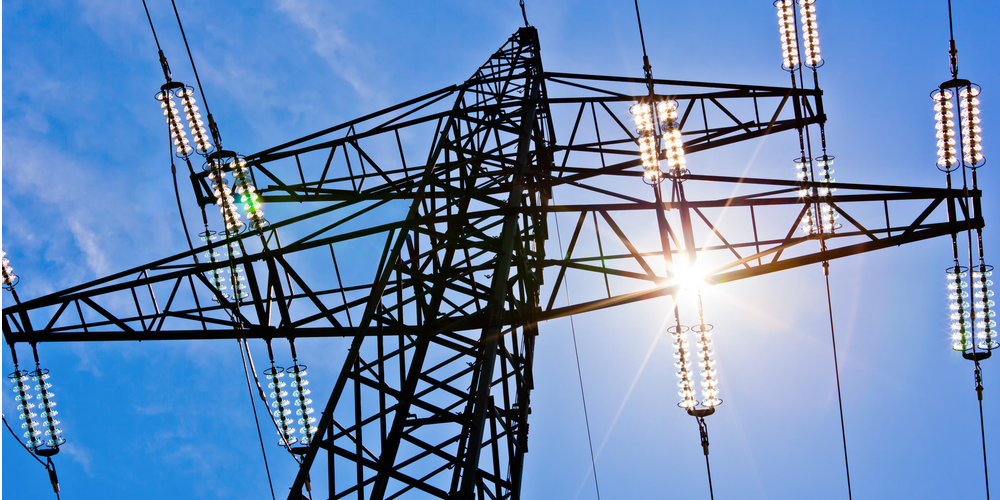The U.S. saw utility-scale electric generating capacity increase by 21% during the first half of 2024 compared to the same period in 2023. Most of the new capacity came from utility-scale solar, wind and battery storage. According to the U.S. Energy Information Administration (EIA), the new capacity totals 3.6 gigawatts (GW), which is crucial for meeting rising energy demands and supporting the energy transformation.
Addressing utility-scale interconnection backlogs
Due in part to increased electric power generating capacity, significant utility-scale interconnection backlogs have grown, and the complex nature of these projects further compounds delays. Balancing authorities without an online portal and a connected workflow automation software solution often face significant interconnection challenges and delays. Manual tracking of projects, communications, submitted data, studies and deadlines in spreadsheets and email is inefficient and resource-intensive for program managers.

Growth is continuing! Solar capacity expected to double (H2’24)
The EIA article predicts significant growth to continue in the second half of 2024:
“Developers plan to add 42.6 GW of new capacity in the United States in the second half of 2024.
Nearly 60% of that planned capacity is from solar (25 GW), followed by
battery storage (10.8 GW) and wind (4.6 GW).
If utilities add all the solar capacity they are currently planning, solar capacity additions
will total 37 GW in 2024, a record in any one year and
almost double last year’s 18.8 GW.”
This level of growth is driving more balancing authorities, particularly vertically integrated utilities serving areas outside of ISO/RTO territories, to seek solutions to streamline the interconnection process, ensuring that new projects can move through the rigorous administrative procedures and technical review steps efficiently and effectively.
Reducing delays and backlogs
Clean Power Research is proud to support the growth of utility-scale electric generating capacity with solutions that modernize interconnection processes. PowerClerk®, the utility industry’s leading workflow automation for interconnection, service requests, energy programs and more, helps balancing authorities better manage utility-scale interconnection timelines by streamlining complex workflows.
PowerClerk users take control of their interconnection processes by standardizing processes and improving overall efficiency, reducing project delays and backlogs.
PowerClerk is purpose-built to address unique challenges the utility industry faces, allowing balancing authorities to focus on high-value tasks such as system impact studies and ensuring that new energy projects can be integrated into the grid smoothly and effectively. This not only supports the growth of renewable energy, but also enhances the resilience and reliability of the power grid.
Driving utility-scale generating capacity
The advancements in utility-scale electric generating capacity are a positive step towards a more sustainable energy future. It’s clear that utility-scale generation interconnection will continue to grow to meet ever-increasing demand. Clean Power Research is here to help balancing authorities scale, standardize and streamline interconnection programs.
Want to see how APS is using PowerClerk for utility-scale FERC generation interconnection?
View our APS Case Study
Want to dive deeper into common utility challenges around service requests and the opportunity to expedite lead times? Read an Energy Central article written by our Group Product Manager, Brian Boler:
From Friction to Flow: A Transformative Approach to Utility Service Requests.
For more information about our interconnection management solutions, visit our website.
